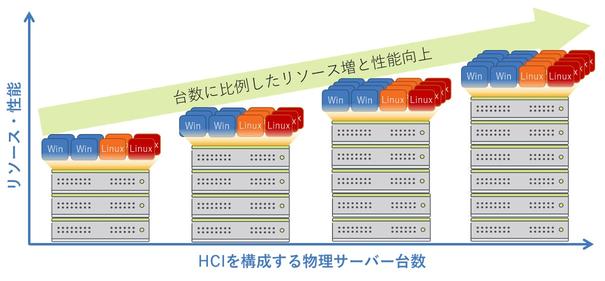Converged infrastructure is a platform for various technologies into one optimized system. The high level of performance that this architecture boasts is one of the notable benefits. But what does that mean for businesses? And when should converged infrastructure technology be deployed?

Hyper Converged Infrastructure
First, there is the issue of the name converged infrastructure. Storage makers tend to use the simple term "converged infrastructure" to cover products with some computing capabilities in addition to storage arrays. But simple converged infrastructure platforms that don't have enough compute power to run common workloads, like Microsoft's Exchange Server or SAP products, have data compression and deduplication, backups, snapshots, and more. , etc., it has only enough computing power to perform intelligence around the array.
Other vendors are taking the situation to the next level. This is where hyperconverged infrastructure systems come into play. A hyperconverged infrastructure is a complete system that includes compute, storage, and networking, all designed together for maximum performance.
Early players in the hyperconverged infrastructure market include Scale Computing, Nutanix, SympliVity and Pivot3. SympliVity was acquired by Hewlett Packard Enterprise (HPE) in January 2017. In addition, large companies such as Dell, Lenovo, HUAWEI and Cisco Systems have not missed the opportunity. Dell not only offers a hyperconverged system chassis "FX2", but also acquired the company's hyperconverged infrastructure "VCE VxRack" with the acquisition of EMC. Even before HPE acquired SimpliVity, it had its own hyperconverged systems. Then there's Cisco Systems' own integrated computing system. Other vendors have formed partnerships to ensure their certified server, storage products and network architectures are compatible with software developed by Pivot3, SimpliVity and others.
To view more, you need to enable JavaScript in your browser settings.

